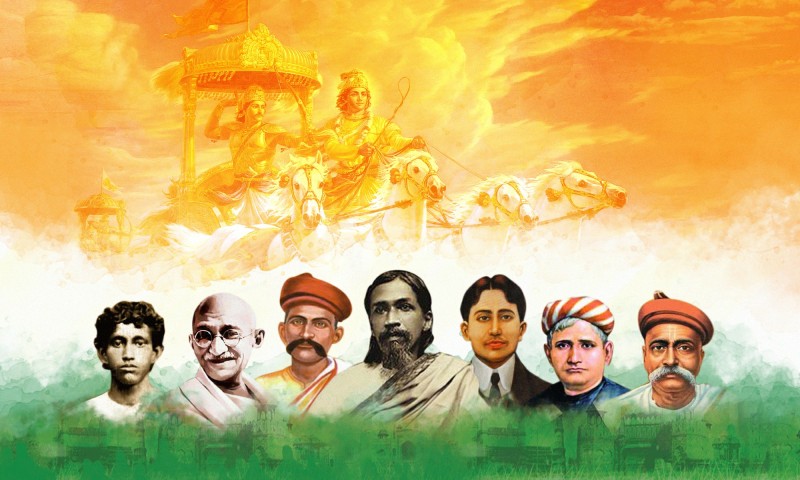Every year, on August 15, India celebrates its hard-won freedom. But have you ever wondered why the historic transfer of power happened at midnight, rather than during the day? The story of “Freedom at Midnight” is a fascinating tale of history, colonial whims, and ancient tradition.
The choice of August 15, 1947, was originally Mountbatten’s idea. The last Viceroy of India, Lord Louis Mountbatten, selected the date because it marked the second anniversary of Japan’s surrender in World War II. It was meant to be symbolic, but there was one problem: Indian astrologers considered the day highly inauspicious. The 15th fell on Chaturdashi, the 14th day of the dark fortnight, and coincided with Amavasya, the new moon—days traditionally avoided for important events in Hindu culture.
Nehru, aware of the cultural and spiritual sentiments of the Indian people, suggested an ingenious compromise: the transfer of power could happen just before midnight. This way, the Gregorian calendar would still mark the date as August 15, but the ceremony would avoid the inauspicious hours of the Hindu calendar. What began as a workaround soon became one of India’s most iconic images—a nation’s “tryst with destiny” at the stroke of midnight.

Interestingly, this midnight hour was not chosen for drama or spectacle. It was a solution born out of necessity, balancing Mountbatten’s arbitrary choice and the Indian leaders’ respect for tradition. Leaders like Sardar Patel and JB Kripalani initially resisted, but eventually the plan went ahead, creating a moment that would forever remain etched in history.
Today, Freedom at Midnight is more than a historical fact—it symbolizes India’s resilience, its ability to blend modernity with tradition, and its journey from colonial rule to self-determination. It reminds us that independence was not just a political victory, but a carefully negotiated moment where culture, compromise, and courage converged.
This Independence Day, as we unfurl our tricolour and celebrate our freedom, let us remember that our midnight hour was not just a time—it was a testament to India’s spirit, ingenuity, and unity.


